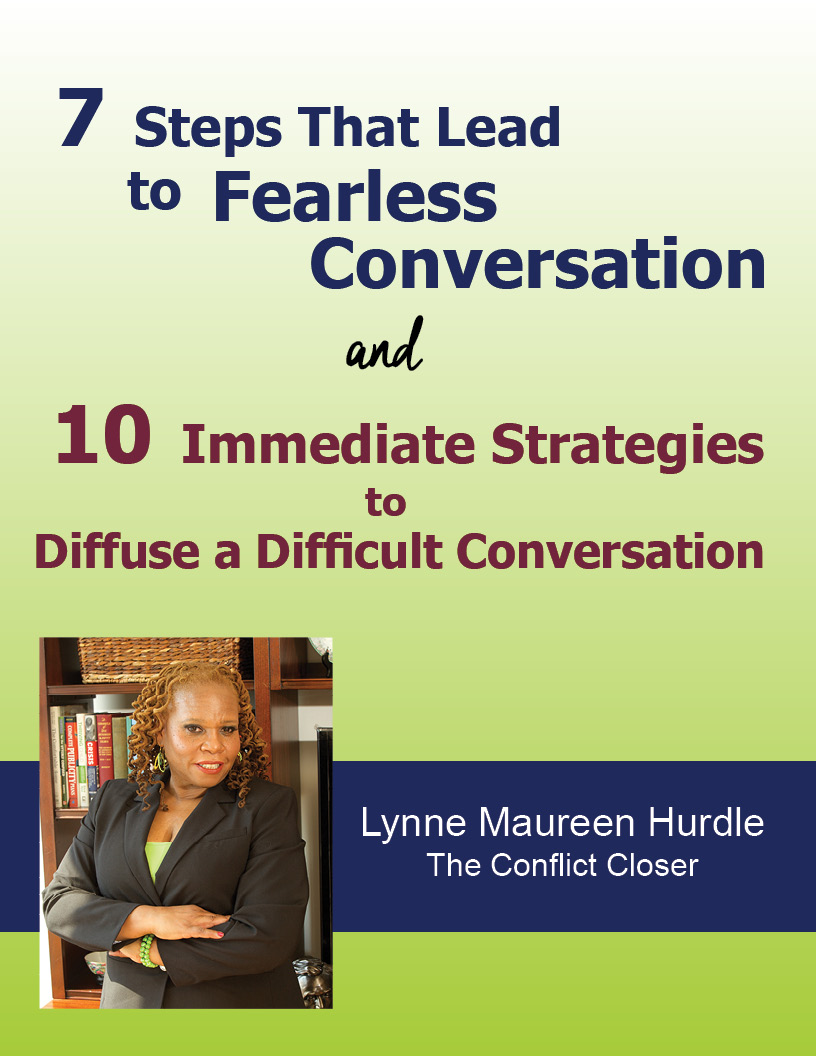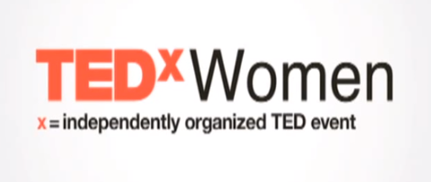In my initial blog on conflict as a construct, I shared this statement. Reconstruction is possible. Think about someone or something that you had a negative impression about before you got to know them or tried the thing out. As your opinion changed, you realized you were seeing them/it in a new light. That same possibility is there for conflict. You can begin to reconstruct it by starting to change your approach.
By now, you should still be in the midst of examining the three questions around the stories that constructed your view of conflict and adding to those are the questions I posed for you to deconstruct that view. I already told you that this is going to take a lot of work, years even (hey, I have to be honest). But it’s helpful to know what’s coming down the line. So, let’s talk about the reconstruct.
I worked with a client whose construct of conflict included hearing certain words or phrases as signals that the person was not loyal and about to abandon her in some way. She discovered the root to that in one of her early conflict stories. You would be surprised how much your conflict stories affect the way you hear things in a conflict situation. I have been witness to some major misunderstandings and blowups that were caused by the stories that have built people’s construct of conflict.
Let me give you a quick example. Because of the conflict story around abandonment, my client heard, “I am unhappy with the way you are handling this” as a person who was going to leave her program and badmouth her to others. When she told me this, I let her know that I did not hear that in the story. In fact, I told her that I was not sure what the person meant, because there were so many possibilities available to us in interpreting this statement. I convinced her that the best way to know was to ask. But her constructed view of conflict had her so worked up and convinced, we first had to do some work on bringing her emotional state down.
Once we completed that, I tasked her with reaching out to the person and ask what she meant. The next day, she contacted me to say that it wasn’t disloyalty at all and the woman was actually very satisfied as her client, but unhappy with a specific situation. Over a year later, this woman is still working with my client. My client has gotten so much better at catching her conflict stories interference in conflict because of the deconstructing and reconstructing work that we have been doing.
Now, let’s get you started.
To begin your reconstruction work, you need to revisit those three deconstruction questions I asked you.
1. What are two things that I think or do when conflict happens that do not produce good results?
2. Where did I get these thoughts, ideas, reactions or strategies from? Really trace them back.
3. What do I want to change them to?
To reconstruct, we have to identify some key words or actions that trigger these particular conflict stories.
Recall a time when you reacted based on those triggers.
Start to brainstorm anything else that the person could have meant by their words or actions in the neutral and positive categories. We usually go to the negative interpretation first. So, in my client’s case, her brainstorm list could look like:
She was tired when she said that.
She really admires me and didn’t expect that from me.
She was expecting something else.
She wants things to change for the better.
She feels comfortable enough with me to share her concerns.
The list can go on, but I think you get it.
The last thing is to see the other side of the statements you came up with by seeing the good in them. For instance, she doesn’t like a certain part of the program. The other side to that could be: that’s okay, not everyone likes every part of the work. She was tired when she said that could be viewed as: people say things in a harsher way when they are tired or maybe it sounded harsher to me, because she might have been tired.
Reconstructing our construct of conflict means really looking to view things from a different perspective, one that is more neutral or positive. Next time, I will tell you one of my reconstruction stories. In the meantime, the work is yours to do and when you do it your world gets better.
Take the Leadership Assessment Quiz here to find out how healthy or unhealthy your team is.





